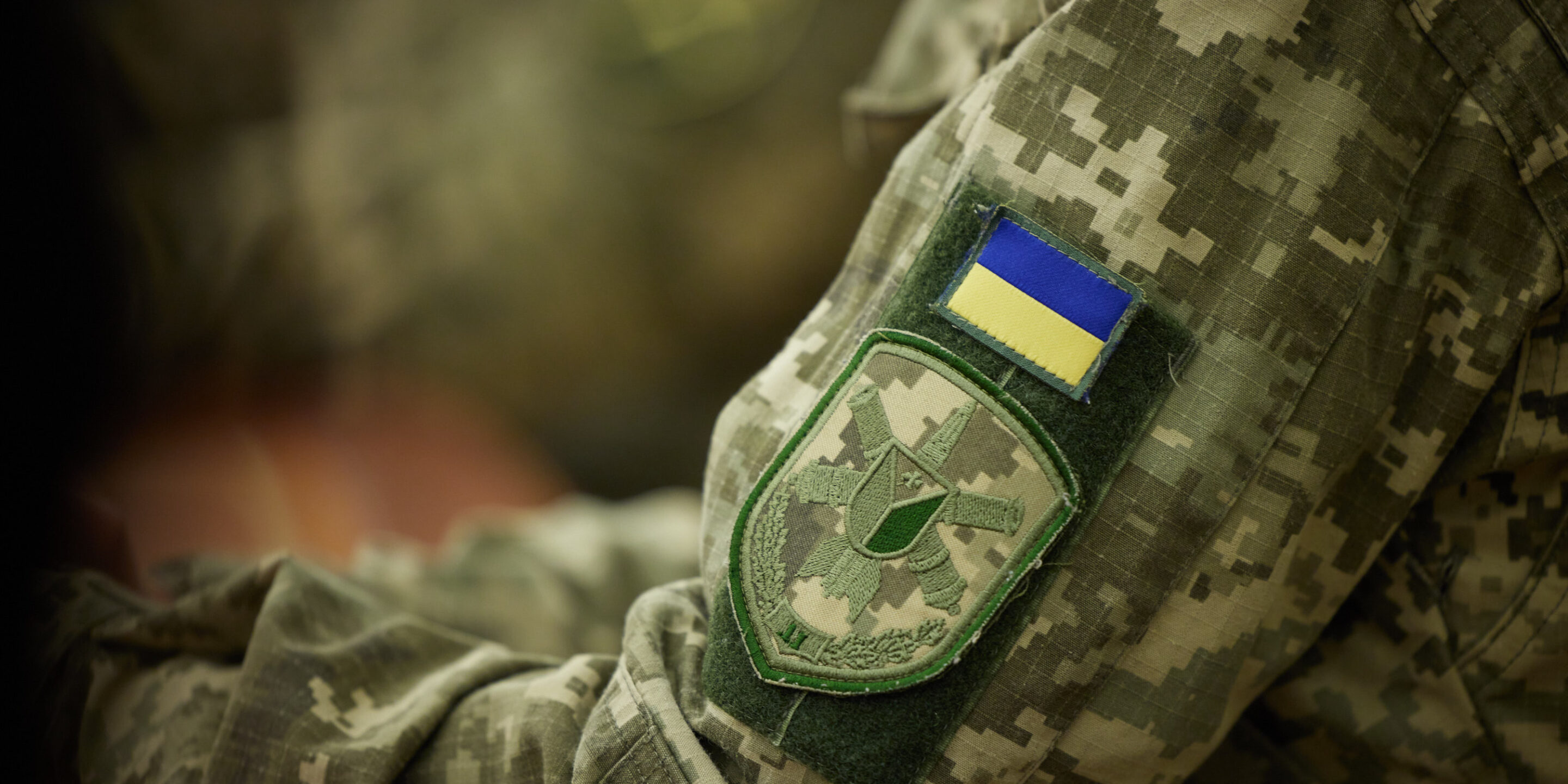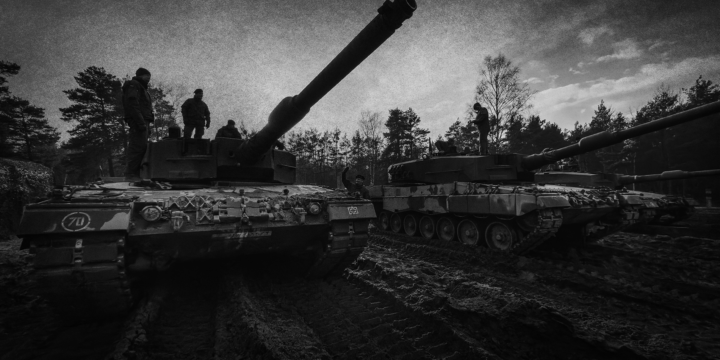
Predictions to the contrary, Ukraine and Russia’s first direct talks in three years, held in Istanbul on May 16, went quite well. Most importantly, the two sides agreed to keep talking.
For the Trump administration, which has made ending the war in Ukraine a priority, this initial round of negotiations marks the exact sort of breakthrough it had hoped to create. Washington’s priority now should be to encourage continued talks between the combatants, even as fighting persists. This will require pushing back on Europe’s calls for more pressure on Putin and resisting the temptation to interfere before the two sides are ready to tackle issues that cannot be addressed without American involvement. After all, the most sustainable peace will be one agreed to by Ukraine and Russia together, not one coerced by the United States or Europe.
Despite naysayers on both sides of the Atlantic and the uncertainty up to the last minute, Russian and Ukrainian negotiators not only met, but achieved notable results. According to statements made by the heads of the Ukrainian and Russian delegations, the two teams agreed to at least three next steps: to conduct the largest single POW exchange to date (1,000 personnel on each side); to produce a written version of their vision for peace for discussion at a future session; and to hold initial discussions about a meeting between Presidents Vladimir Putin and Volodymyr Zelensky.
More on Eurasia

Featuring Jennifer Kavanagh
October 24, 2025

Featuring Jennifer Kavanagh
October 23, 2025

Featuring Jennifer Kavanagh
October 18, 2025
Events on Ukraine-Russia






